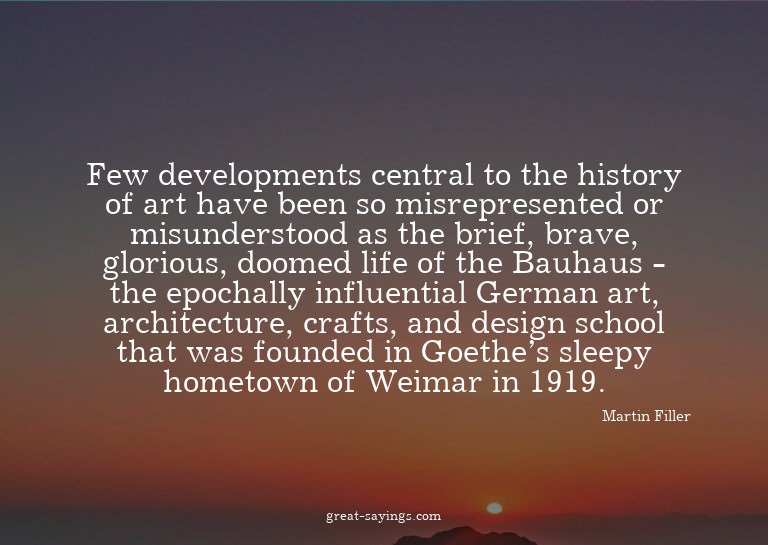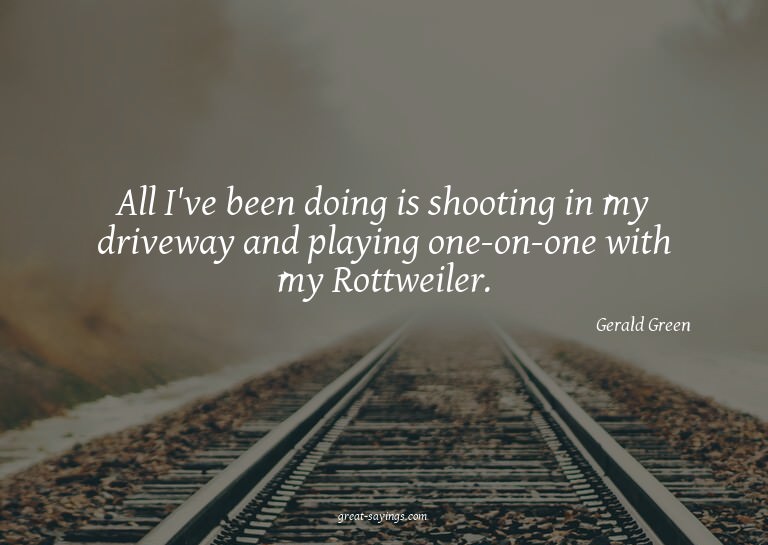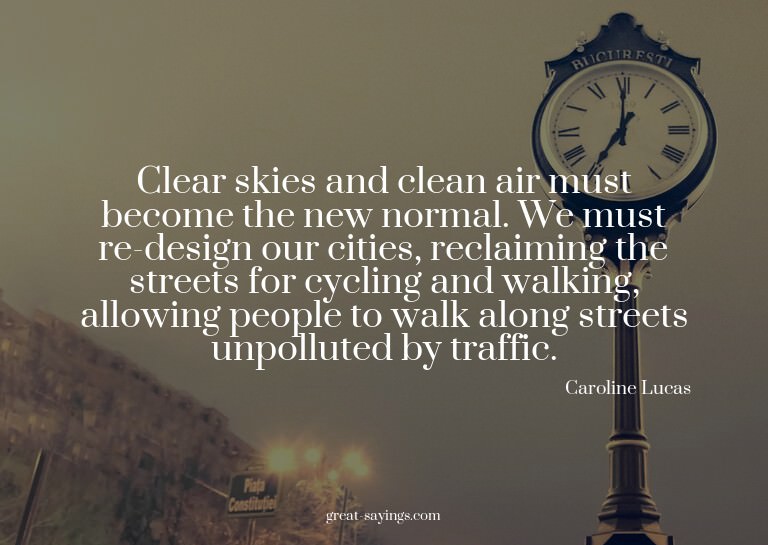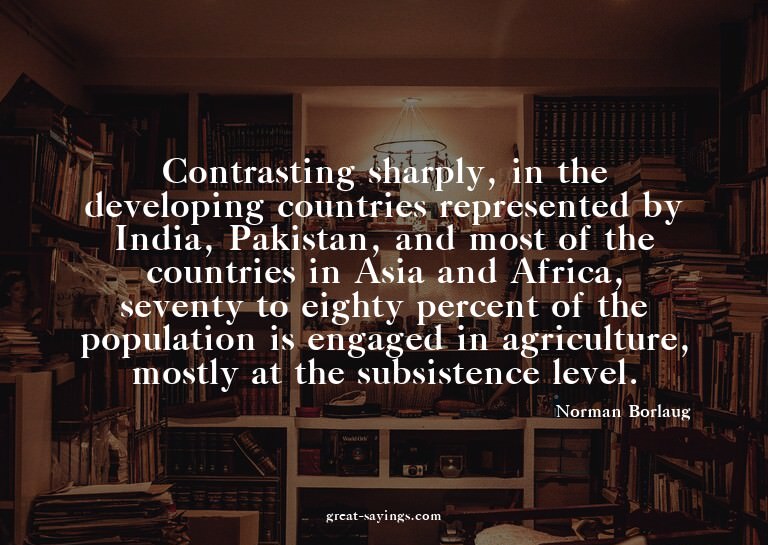Words matter. These are the best Martin Filler Quotes, and they’re great for sharing with your friends.

Few developments central to the history of art have been so misrepresented or misunderstood as the brief, brave, glorious, doomed life of the Bauhaus – the epochally influential German art, architecture, crafts, and design school that was founded in Goethe’s sleepy hometown of Weimar in 1919.
Architectural kitsch is most common in the commercial pop vernacular – typified by the Big Duck of 1931 in Flanders, New York, a Long Island roadside poultry stand resembling a duck, which Venturi and Scott Brown made a cult object through their writings.
Before the professionalization of architecture in the nineteenth century, it was standard for an aspiring mason or carpenter to begin his apprenticeship at fourteen and to become a master builder by his early twenties.
By 1970, the first stirrings of the revolt against Modernist orthodoxy in architecture had been felt, although it would be several years more until Postmodernism was widely accepted and made classical motifs permissible in high-style building design for the first time in decades.
One of the stated goals of the postmodern movement in architecture was a greater sensitivity to the people who live in or use newly designed buildings.
One of the most persistent yet elusive dreams of the Modern Movement in architecture has been prefabrication: industrially made structures that can be assembled at a building site.
The skyscraper style first advocated by Louis Sullivan – a tower of strongly vertical character with clear definitions among base, shaft, and crown – has remained remarkably consistent throughout the history of this building type.
From the outset, MoMA followed the Bauhaus’s strict prohibition against design that even hinted at the decorative, a prejudice that skewed the pioneering museum’s view of Modernism for decades.
The form a city assumes as it evolves over time owes more to large-scale works of civil engineering – what we now call infrastructure – than almost any other factor save topography.
Avant-garde architects have never been able to depend on the support of the establishment, since the customary patrons of this most conservative and slowly moving art form have historically been resistant to innovation and experiment.
Despite the persistent image of the architect as a heroic loner erecting monumental edifices through sheer force of will, the building art has always been a highly cooperative enterprise.
The Frankfurt Museum of Decorative Arts is a handsome building, which takes its cues from the riverside Biedermeier villa next to it, and it is well-integrated into an overall scheme for a group of small museums.
Postmodernism came nowhere close in quality to Modernism at its apogee, not least because that later style wholly lacked the social impetus that animated the designs most emblematic of the Modern Movement.
Any set of decisions about design is inevitably influenced by cultural prejudice, no matter how intent an architect might be to avoid it.
Truly great architecture always transcends its stated function, sometimes in unanticipated ways.
There is no sadder tale in the annals of architecture than the virtual disappearance of the defining architectural form of the Modern Movement – publicly sponsored housing.
Although there are countless tangents that a career in the building arts can take, it is nonetheless most unusual for a major architectural practice to emerge once a firm’s principals are well into what is loosely called middle age.
When Oscar Niemeyer died on December 5, 2012, ten days before his 105th birthday, he was universally regarded as the very last of the twentieth century’s major architectural masters, an astonishing survivor whose most famous accomplishment, Brasilia, was the climactic episode of utopian High Modern urbanism.
Always beware an unsigned architectural design.
One of the most persistent images in American urbanism is that of the proverbial city on a hill, as first envisioned on these shores by the Puritan John Winthrop, via the Gospel according to Saint Matthew.
One reason I’ve never been a fan of graphic novels is because a central aspect of literature for me has always been imagining what the things I’m reading about look like.
Snohetta promotes a more democratic workplace atmosphere than most other architectural offices. This may merely reflect prevalent employment practices in Scandinavia, but Snohetta places a stronger emphasis on group participation in the design process than typical high-style firms.
A turning point in the public’s perception of the building art came with the publication of Frank Lloyd Wright’s ‘An Autobiography’ of 1932, a picaresque narrative that captivated many who hadn’t the slightest inkling of what architects actually did.
Renzo Piano and Richard Rogers’s Centre Georges Pompidou of 1971-1977 – the true prototype of the modern museum as popular architectural spectacle – wound up costing so much more than planned that the French government solved the shortfall by cutting support for several regional museums.
After Lyndon Johnson’s Great Society, the belief in decent housing as a political right or social obligation was supplanted in the U.S. by the notion that suitable shelter should be an act of charity.
The truth be told, the World Trade Center was neither a very good work of architecture nor a very successful piece of urbanism. Its shortcomings were somewhat mitigated by the westward and southward expansion of the World Financial Center and Battery Park City during the 1980s.
Before World War II, Modernist architects sometimes had to resort to custom fabrication or outright fakery to achieve the machine imagery advocated by the Bauhaus after its initial, Expressionist, phase. Stucco masqueraded as reinforced concrete; rivets were used for decoration.
Considering my specialization in architecture, I’m not surprised that the first graphic novel to thoroughly engage, not to say captivate, me is Chip Kidd and Dave Taylor’s ‘Batman: Death by Design.’
All architecture, classical or not, must have some sense of order, and order is much harder to achieve without the straight lines and right angles that have dominated the building art from time immemorial.
Architecture is not a profession for the faint-hearted, the weak-willed, or the short-lived.
The first half of the 1960s was the apogee of what might be termed the Age of Cool – as defined by that quality of being simultaneously with-it and disengaged, in control but nonchalant, knowing but ironically self-aware, and above all inscrutably undemonstrative.

Architecture was the last of the major professions to devise a formal ‘cursus honorum’ before its practice could be undertaken.
The role of the architect as artist is an ancient one, but it was de-emphasized with the rise of modernism, which rejected the drawing-based Beaux-Arts tradition in favor of a more technocratic approach.
During the modern period, the vanguard architect has usually relied on small residential jobs both to supply a steady income and to serve as ‘sketches’ for ideas that are often later translated to the larger scale of public commissions.
The most basic task of any museum must be the protection of works of cultural significance entrusted to its care for the edification and pleasure of future generations.
The financial benefits of prefabrication have never been as large as its advocates predicted, for although some labor costs can be reduced by machine manufacturing, on-site assembly of any building still depends to some extent on the handwork of skilled craftsmen.
We take from the art of the past what we need. The variable posthumous reputations of even the greatest artists and the unpredictable revivals of interest in even the most obscure ones tend to reveal more about those who make revisionist assessments than about those who are being reassessed.
The work that launched Snohetta into the architectural big leagues was their Oslo Opera House, which will certainly rank among the firm’s highlights whatever else they may do. Although this is by any measure a triumph of city planning, the building itself is not quite a masterpiece, though very fine indeed.
One of the Age of Enlightenment’s most hypnotic images is Ledoux’s rendering of his neoclassical theater of 1775 – 1784 in Besancon, surreally reflected in the colossal eye of an unidentified cosmic being.
Elevated locations imply elevated purposes, even in American cities departing as radically as Los Angeles does from the traditional planning patterns of the Eastern Seaboard.












